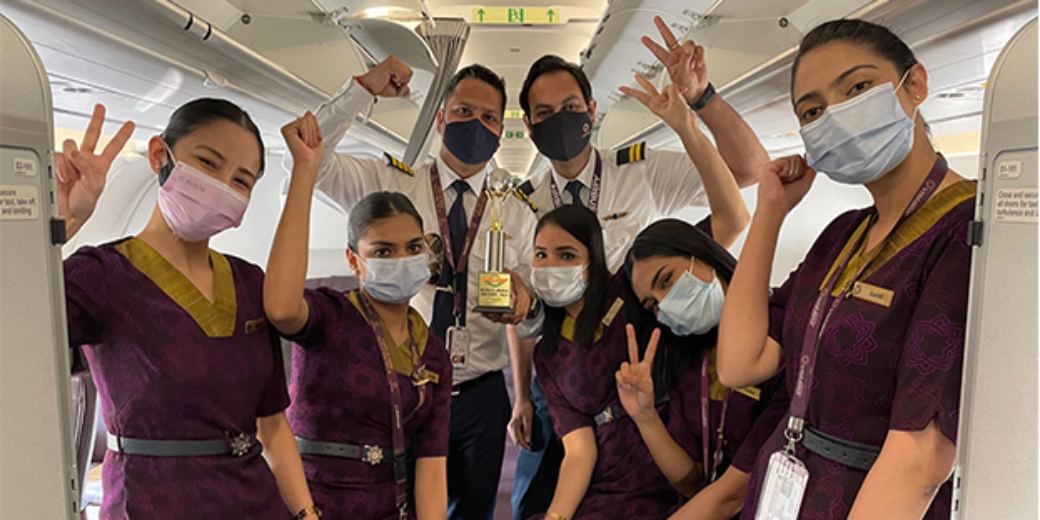Shortage of pilots, cabin crew could clip wings of Indian airlines sector, says consultant
The shortages of pilots, aircraft maintenance engineers, cabin crew, flight dispatchers and others is far more serious than currently estimated or visible.

Despite the Indian aviation sector moving fast to include hundreds of aircraft in the next few years and at least 82 planes in this financial year itself, shortage of pilots, cabin crew and other aviation sector employees continue to threaten this growing industry, an aviation sector consultancy firm has said.
The lack of adequate employees continues to thwart the ambitions of this sector, the Business Standard has reported quoting consultancy firm Capa India.
The CEO and director of Capa India, Kapil Kaul, said, “The shortages of pilots, AMEs (aircraft maintenance engineers), cabin crew, flight dispatchers and others is far more serious than currently estimated or visible. Introduction of the new FDTL guidelines – likely this year – and poaching by Middle Eastern carriers is likely to accentuate the labour shortage issue.”
Kaul made this remark at the company’s annual summit where he was commenting on flight duty time limitations.
In the past few weeks, the country witnessed turbulent service from the carriers. In March-April Vistara cancelled 10% of its flights on account of sick leave by some pilots. The leaves surfaced against the backdrop of dissatisfaction with tight duty schedules and new salary packages offered to them as part of Vistara’s proposed merger into Air India.
Last year in September Akasa Air had to cancel about 24 daily flights as 43 pilots suddenly resigned, without serving their mandatory notice periods and walked into the embrace of competitors.
Every industry has growth pangs. But India’s airline industry is set for quite a remarkable growth with fleet strength set to rise twice by 2029-30 – in short, in the next five years.
“It took the Indian industry about 90 years from the time of first commercial flight to reach the fleet of 700 aircraft. But the rate of growth is so strong that carriers could add a further 600-700 planes in just the next 5-7 years,” said Kaul.
The Capa boss pointed out that both Vistara and Air India Express could pare down losses significantly this financial year. Last year (2023-24) the airline industry’s average fare was almost the same as in 2022-23. “IndiGo’s average airfare in 2023-24 was just 1.3% higher than 2022-23 but 36 per cent higher compared to 2019-20,” he remarked.
According to him, it is for the first time that the airlines are pursuing a rational pricing and these have been maintained for the last 12-18 months. “The industry achieved record yields (revenue per seat per kilometre) in Dec-2023,” he pointed out.
One of the favourable factors for the airlines industry is that most states have cut down VAT on ATF between 1% and 5%. According to Kaul, the VAT on the aviation fuel is ruling in the 20-30% range in only five states and the industry expects that these would also bring down the tax either in this year or the next.
Kaul also flagged the question of adequate parking bays to facilitate seat expansion. These have to be made available simultaneously with development of terminal and runway infrastructure.
The productivity of single and dual-runway airports also needs to be increased, of which London’s Gatwick is a bright example.
Kaul said restructuring and optimisation of air navigation services is also essential if the airline needs to realise its promised growth, said the Capa India boss.